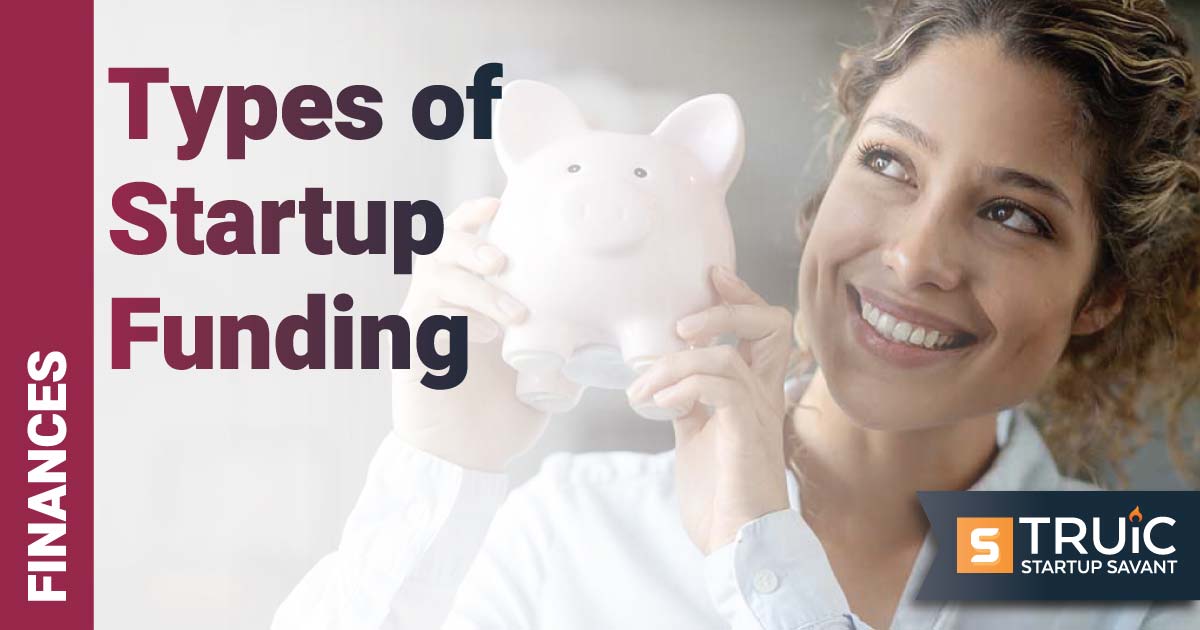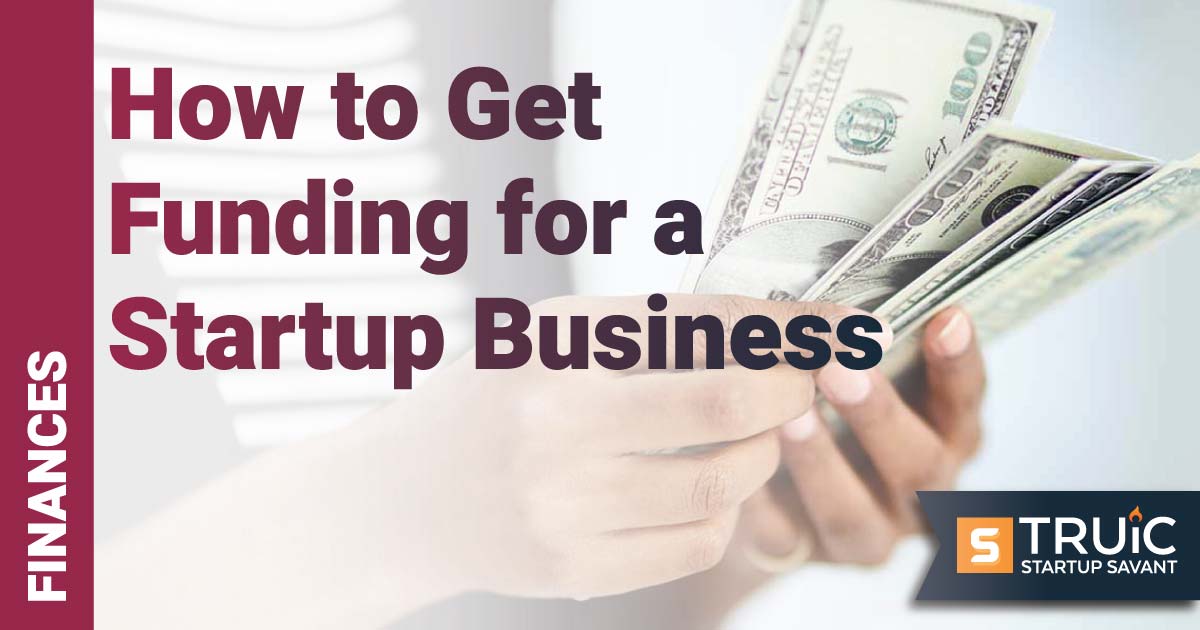What Is Series A Funding?

Last Updated: By Mark Shalinsky
When a startup has proven its concept and aims to grow rapidly, it will often raise a Series A round of funding. This type of investment comes after pre-seed and seed funding, but before Series B, C, and later rounds.
Typically raising between $1 million and $10 million from venture capital firms, the Series A enables strategic investments in key growth areas like sales, marketing, and product development.
In this article, we'll dive further into what a Series A is, why it's significant, and the steps you need to take to secure one.
Introduction to Series Funding Rounds
You’ve sketched your company’s outline on a napkin.
You’ve bootstrapped your company as long as possible; you may have enrolled in an accelerator or even secured seed money, angel round, or debt financing. Now that you’ve proven you have what it takes to compete in your marketplace, how will you take the next step?
Do you want steady-paced growth, or do you want to accelerate your growth through venture capital financing? Figuring out which of these paths is something that is both deeply personal to the entrepreneur as well as dependent on market conditions.
Some entrepreneurs want to grow at a pace where they can maintain the same level of understanding and control over their company that they had in the early years and really sweat every process being implemented.
On the other hand, if you want to get to where you are going faster, or if you are in a highly competitive market, you may be forced to pursue an aggressive growth strategy to survive, requiring equity-based financing. That aggressive growth strategy will require a substantial amount of financial investment that most entrepreneurs don’t have.
With all this being said, the key funding round that a company would seek would be its Series A round. Achieving a Series A is a significant step in any startup’s growth as it potentially leads to Series B or Series C funding rounds.
Seed vs. Series A vs. Series B
Seed vs. Series A
The biggest difference between an angel or seed round and a Series A round is that the company seeking the Series A round has an established track record of growth. When we hear about a founder with notes on a napkin looking to raise funds, that is the angel or early-stage startup round – not a Series A or a further round.
Angel investors who provide seed money in early-stage startups are usually small and are industry-dependent. For example, a software-as-a-service (SaaS) company may have a seed round of just under $1 million, whereas a lawnmower repair service may only get (and need) a couple of thousands of dollars (or less) to get going. The Series A round is a far more serious affair with a higher payout in the one to ten million dollar range, often involving preferred stock.
The typical investor for a Series A round is a venture capitalist, either a specific firm like Sequoia Capital, Kleiner Perkins, etc. or venture capital firms run by large corporations such as Pfizer, Ford, etc.
Sometimes, a high-net-worth angel investor or incubator would participate in a Series A round of financing; however, that is usually the case when they have already invested in the angel or seed round and are now doubling down on their investment.
Occasionally, private equity firms would be in the initial round of a Series A, but they are usually later-stage investors looking to limit their liability in startup financing.
Series A vs. Series B
When a company has successfully completed its Series A investment, has had time to grow, and achieved some of the goals in its business plan, it may be time to look into a Series B round of funding. We will delve deeper into the Series B funding round in another article, here, we will quickly define the differences between Series A and B.
A Series A round is usually smaller than a Series B round ($1 million–$10 million vs. $10 million–$50 million), and a Series A is focused on building a solid foundation for growth. Series B builds on that Series A foundation and helps the company scale faster as well as grow into and capture new markets while continuing to dominate its traditional stronghold.
Sometimes, if a company falters with its Series A, it may need to raise another Series A round.
What Are the Requirements for Series A Funding?
While there are prerequisites for gaining a Series A round, there are no hard and fast rules.
The key is understanding the mechanism; an investor or investor group will loan you a certain amount of money for an ownership stake, in the form of shares, in your company, usually consisting of a board position, with the goal of growing their investment. A general rule of thumb is that if an investor can generate ten times their investment over a five-year period, that would be considered a win in the fundraising process.
The key to securing your Series A investment is providing documentation that potential investors will need to feel confident about getting a sizable return on their investment (ROI) when providing you and your company with your requested seed capital that passes the investor’s legal counsel.
That being said, here are several common documents venture capital firms and other investors would like to see when they are trying to secure a Series A investment, ensuring that your product-market fit aligns with the capital raised.
A Business Plan
First and foremost, your startup should have a business model and a comprehensive business plan. There are many different tools and formats for your business plan that you and your colleagues can use when putting together your business strategy.
Within the business plan, you should address some of your company’s key characteristics, such as:
- Mission
- Vision
- Market opportunity based on market research
- Competitive landscape and your competitive advantage
- Growth strategy with promising unit economics
Taken together, this business plan will help your future investors understand why you’ve started your business, how it will provide a sizable return on their investment, and why your business stands out in terms of:
- Market potential
- Product development milestones
- Intellectual property
- Competitive advantage
- Company’s growth
- Client contracts
- Profitability
Financial Models/Projections/Use of Funds
After your business plan, the next important documents your future investors, especially those interested in early-stage companies or seed financing, will want to see are your financials.
Your company's financials comprise a number of different aspects:
How are you generating revenue, and how are you spending it (i.e., your financial model)? How are you expecting to use the funds provided – for technologies, new hires, opening or building new offices? With that new injection of funding, where will your company be one, two, or three years from today?
In short, your investors will want to know that you have a plan for their money, and that plan should show them how you will make it grow.
Team Biographies
Another critical piece of information that the investors, as well as potential co-founders or other founders, are looking for is who they are investing in. A one-time successful entrepreneur who has been through funding rounds is far more likely to attract additional investors into their next entrepreneurial venture than an entrepreneur with no experience building a business.
Investors will also want to know that your team will have the requisite skills to ensure that they will take good care of raising capital and growing their investment.
Pitch Deck
Typically, an investor will want to see all your documentation in a single cohesive story, and that story is your pitch deck.
The presentation of your pitch deck should have all the key points from your business plan, financial models, team biographies, and competitive analysis. It includes most of the compelling information about your business plan as well as the revenue model and your team's biographies.
In short, your pitch deck should be about ten slides, taking about ten to fifteen minutes (or less!) to go through to sell the idea to your investors that you have a well-thought-out plan to take on a specific market, with the technology and team to do it. However, you just need a certain amount of money to get there, and you are ready to compensate them handsomely for the opportunity.
In general, the slides of the pitch deck would comprise some of these elements in a compelling story format:
- An introduction and your team
- The problem
- Your solution
- The market opportunity (or how much money you can make)
- Your marketing and sales strategy
- Who are you competing with?
- How and why you will win
- Financial projections
- How much you want from your investment and what it gets your investors (i.e., your valuation)
Capitalization Table
Finally, sometimes included in the pitch deck, other times as an appendix, the investors will want to see a capitalization table or cap table. As investors are investing their money in your business for shares or ownership of that business, they will want to know who is running that business and what their ownership levels are.
The capitalization table defines how many and what types of shares are available and to whom. A cap table will define when hiring senior executives what their ownership allocation will be, as well as the current price of each share.
Should You Consider a Second Series A?
As mentioned, a Series B is usually a much larger infusion of cash than Series A and helps a company focus on breaking into new markets while pursuing an aggressive growth strategy.
However, as often happens in a company's funding stage, they may falter and need to refocus; these are reasons a company may pursue a second Series A round of startup funding.
More explicitly, a second (or third, or fourth, etc.) Series A round typically helps a company rebuild its foundation with the support of venture capital funding.
If the company has had issues gaining traction in the marketplace, however, it still has a solid product that may warrant trying to raise a second Series A investment. If the founders wanted some investment to help their product roadmap move ahead further prior to looking for a Series B, they may get a subsequent Series A investment.
There are a ton of reasons a company may look for a second Series A to overcome obstacles that would hinder them from achieving a decent valuation on their Series B round, including lessons learned from past financing experiences.
An Example of Series A Investment
Several years ago, I was brought on to a company as part of their Series A growth strategy. Here’s the story about that journey from seed through Series B.
Two years prior to trying for the first Series A, Duo Security, led by co-founders Dug Song and Jon Oberheide, received seed funding from True Ventures and Resonant Partners. For their software-as-a-service (SaaS) company. The $1 million of seed funding was used to further develop the two-factor authentication, which included hiring engineers. It did not include any marketing or sales support.
During the intervening two years, Duo Security set out according to their seed funding plan, focusing on their software with updates to the website that allowed prospects to self-serve purchase their software with zero pre- or post-sales support. With a developed product and a customer base generated from self-service clients, the co-founders decided to take on a Series A round to accelerate their growth.
The business plan was a simple one: further build out their platform while concurrently launching both a marketing and sales team. If they’ve done reasonable sales without sales and marketing, they should be able to really grow the business if they invest in marketing and sales. With their seed investors’ help, Dug & Jon were able to talk with a number of investors, ultimately securing a $6 million Series A round with their seed investors (who had now seen their investment grow substantially) along with a venture capital firm Radar Partners and a corporate investor, Google.
Two years later, having achieved the goals set out in their Series A — capturing a greater market share faster — the Duo Security C suite set out to get a Series B to take on different market sectors.
Conclusion
The journey from seed to Series A is one of metamorphosis, marked by strategic foresight and unwavering determination to propel a company to new heights. By substantiating the business's potential, adhering to the strategic allocation of capital, and adhering to targeted growth objectives, a Series A investment will pave the way for a transformative expansion phase.
Recommended: Learn more about series funding by reading our comprehensive guide.


